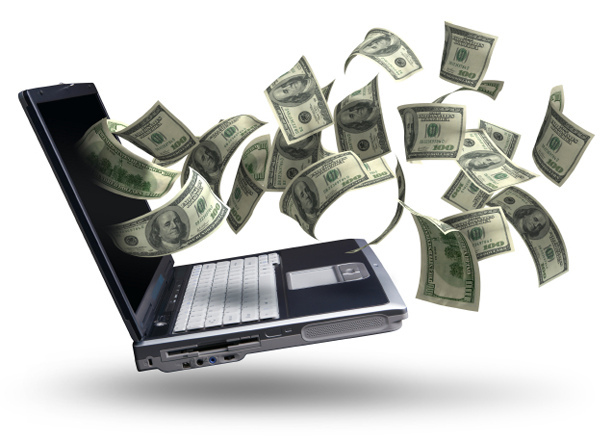The modern Age of Digital dictates the new rules of how to do business, which every successful entrepreneur needs to adopt and, what is more important, do it very fast. Businesses receive the significant part of its revenue from online advertising. Obviously, this induces many companies to increase their ad spending, that way developing the industry and creating the conditions for furthering the innovations. We decided to introduce you with some basic concepts.
Last week we have defined PMPs and analysed its benefits. If you missed it, but would like to know more about Private Marketplaces, press here.
In the meanwhile, we will continue our series of online advertising basic concepts explanation. As it was promised the last time, today we will try to clarify Automated Guaranteed for you.
Pre-story
Initially, most of the industry players tend to use RTBs (real-time bidding). That seems rather convenient, as it is based on the idea of auction-buying function, giving the optimal options for everyone. Nevertheless, the development of the industry lead media buyers to look for alternative and more secure programmatic options. The more investments injected the more the need of securing upfront display ad commitments. And as the industry is growing tremendously, it started to produce more and more options both for buyers and sellers (advertisers and publishers) for increasing security, assurance and better transparency.
Automated Guaranteed
Automated Guaranteed known as “Programmatic Guaranteed”, “Programmatic Reserved” and it is one of the most confusing terms in digital advertising. Even though different players name it differently, in basic terms it means all the same. The main feature is that it is a place where the guaranteed inventory is run programmatically at a fixed price and the negotiations between buyers and sellers proceed directly. That means that Automated Guaranteed is never run as an auction and it always includes a fixed CPM impression price.
The problem with this system is that unfortunately Publishers are more ahead from Advertisers in terms of programmatic technology. Therefore, there are simply not enough systems, which are able to send orders to Programmatic Guaranteed provider systems.
However, the huge benefit is that “Automated Guaranteed sales have the highest priority within programmatic transactions equal to direct sales” (Source: Iab.net). The inventory is not available in networks or exchanges, giving advertisers the benefit of exclusivity. Therefore, they are able to access placements rapidly. Publishers in their turn, have lower costs of advertising fulfilment (because of automation) and great CPM rates.
Why we talk about it?
The reason we decided to focus on explaining all these terms (Automated Guaranteed, Private Marketplace) is that there is a lot of misunderstanding regarding this topic and many Publishers and bloggers use different terms for the same things. The problem is that many of them do not really understand all of this themselves. Mostly programmatic advertising narrows down to the understanding of an auction, which is not always preferable by different players. According to the Association of National Advertisers, there is only 26% of advertisers, who understand programmatic and use it frequently. This means that there is still a lot of educational work should be done.
Photo credit mikecogh via Foter.com / CC BY-SA

